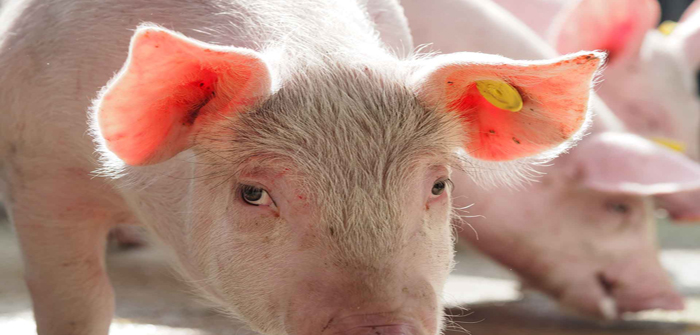Researchers from The Pirbright Institute collaborated with the University of Oxford and the National Institutes of Health, USA, to show that S-FLU, a universal flu vaccine candidate, induces different immune responses in pigs compared to ferrets, raising the possibility that the ferrets may not give the whole picture and that pigs may more faithfully represent human influenza disease.
The team also identified a type of T cell in pigs for the first time, which are able to rapidly help fight respiratory infections.
The S-FLU aerosol vaccine, developed by Alain Townsend at Oxford, is a weakened strain of flu virus which is designed to trigger a response from T cells that are able to react to multiple strains of flu. This differs from conventional flu vaccines which activate antibodies that only respond to the strain contained in the vaccine.
The research, published in theJournal of Immunology, demonstrated that when pigs received the S-FLU aerosol vaccine, the newly identified T cells (called tissue-resident memory T cells) were activated when challenged with a flu virus of a different strain. Disease severity was also reduced, but the amount of virus remained the same. However, when S-FLU was administered to ferrets, the viral replication was reduced, as was the amount of virus that was transmitted to other animals.
This striking difference in response to the exact same vaccine raises the question whether the ferret, an animal model that is considered gold standard for influenza research, provides results which are transferrable to humans. Pigs provide a model that is more similar in size, naturally infected by influenza viruses and with a very similar respiratory system to humans.
The group’s discovery of tissue-resident memory T cell activation in pigs also brings them closer to understanding how influenza is combatted in the lung.
Dr Elma Tchilian, head of themucosal immunology group at Pirbright, said: “The identification of these T cells will allow us to establish how best to induce and maintain them in the lung, and help us make more effective vaccines against influenza and other respiratory diseases in both livestock and humans.”
The results also show that targeting the lower respiratory tract with aerosol vaccination in pigs may be more effective than other routes of immunization in preventing severe disease, which provides promising evidence that this method of vaccination could be successful in humans too.




